Y1 & Y2 Week 2 27th April
PHONICS
Y1
This week we would like you to think about the different ‘e’ sounds.

You could...
- Think of a word for each of these and write them down
peel lead Steve monkey mummy
- Read different words containing these sounds
teacher sheep pea easel lady seedling weekend
- Print off a game or make a game https://www.twinkl.co.uk/resource/the-ee-sound-family-phonics-phonopoly-board-game-t-l-527825
- Play a game online https://new.phonicsplay.co.uk/
- Write the words using the correct sound
- Read these alien words containing different ‘a’ sounds? Can you copy them out and add the sound buttons?
meeth reve brey pleank dronkey pompy
- Create your own alien words and add the sound buttons
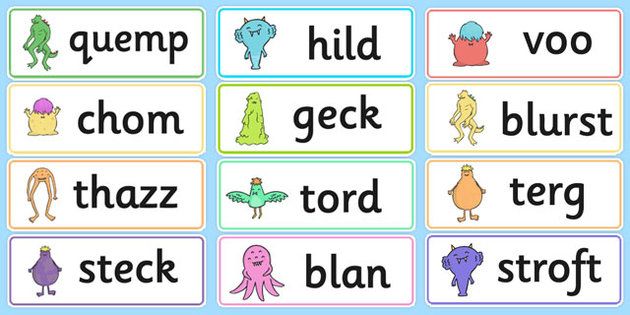
Y2
This week we continue to read, spell and use different homophones. What are homophones? Watch this video… https://www.bbc.co.uk/bitesize/topics/zqhpk2p/articles/zc84cwx
This weeks words are…
be bee
quite quiet
bare bear
one won
son sun
You could...
- Read the words and talk about how they are spelt. Can you verbally put them into a sentence?
- Write the words by copying. Adults please say each word and then put them into a sentence. For example… I have one cake left. I won a prize.
- Write the words from memory… (put them into a sentence to give each word context. For example, I have two socks. I have too many bags.)
- Write this words into sentences using adjectives and conjunctions. For example- His son was playing outside in the beautiful sunshine with his friends.
MATHS – Time
Y1
Y1 – In Year 1 children are expected to be able to…
- sequence events in chronological order using language [for example, before and after, next, first, today, yesterday, tomorrow, morning, afternoon and evening]
- recognise and use language relating to dates, including days of the week, weeks, months and years
- tell the time to the hour and half past the hour and draw the hands on a clock face to show these times. (Next weeks focus)
You could…
Talk about your day. Use words such as morning, afternoon, evening, before, after, next, then.
Draw pictures to sequence the events of your day.

Make a date board including days of the week, months of the year and add any special events such as birthdays and Christmas.
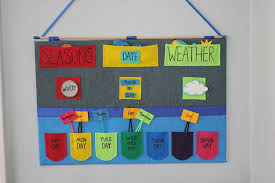
Answer questions such as…
What day is it today?
What day was it yesterday?
What day will it be tomorrow?
- Learn to sing the days of the week to the tune of the Adams Family starting with Sunday…
There’s Sunday and there’s Monday, there’s Tuesday and there’s Wednesday, there’s Thursday and there’s Friday and Saturday as well. Days of the week *click click* days of the week *click click* days of the week, days of the week, days of the week *click click*.
- Make a quiz with questions such as…
- How many days are the in a week?
- How many months in the year?
- How many weeks in a year?
- How many days in a year?
- What day comes after Monday?
- What day comes before Thursday?
- If my birthday is in July and yours is in October- how many months are there in between?
Y2 – In Year 2 children are expected to be able to…
- compare and sequence intervals of time (focus for next week)
- tell and write the time to five minutes, including quarter past/to the hour and draw the hands on a clock face to show these times
- know the number of minutes in an hour and the number of hours in a day.
This week you could…
- Make a clock. Cut out a clock face and hands from an old cereal box or use a paper plate.
- Discuss features of clock – face, minute hand, hour hand, numbers.
- Have a look at https://www.topmarks.co.uk/time/teaching-clock
- Recap on o’clock and half past https://www.youtube.com/watch?v=V32tRiEQ2AA&feature=youtu.be
- When children are confident with o'clock and half past.....Use your knowledge of factions to split your clock into quarters. Explain that when the minute hand is on 3 it is quarter past the hour and when it is on 9 it is quarter to the hour. Show this alongside a digital clock.
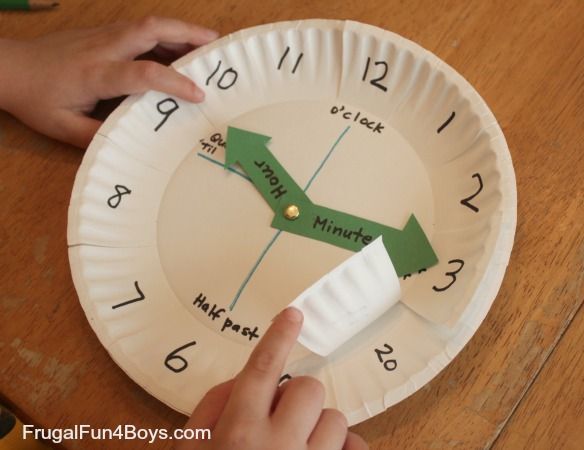
- Watch this video about quarter to and quarter past https://www.youtube.com/watch?v=IzRt9B04CMg
- When children are confident with quarter to and past.....Explain that each number on the clock represents 5 minutes. Children need to use their knowledge of the 5 times tables to count in 5s to 60 around the clock. Focus on just the minute hand and not the hour hand. Explain that when the minute hand is on 1 it is 5 past. Children need to understand that when the hand goes past the 6 we no longer say it is past the hour but to the next hour. Colour your clock to show this. Here is a great video to help at home... https://www.youtube.com/watch?v=QJkYONqIYQM&feature=youtu.be
- Watch this video about 5 minute intervals https://www.youtube.com/watch?v=k-sFP_8F_LU
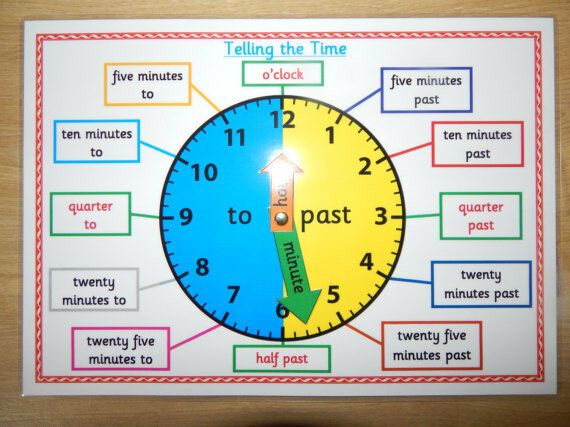
- Give children various times and see if they can make it. Then make times on the clock and see if your child can read it accurately.
- Talk about a normal day and make the time those things happen on the clock. For example- what time do we get up? When do we have lunch?
PLEASE REMEMBER that worksheets are great but in school we follow the CPA approach (concrete- pictorial- abstract). Children should begin with using a physical clock (real or homemade) (this is the concrete stage) and when confident they could fill in a sheet and draw the hands on clock faces (pictorial). Then they will be find in easier to solve more abstract questions about time (abstract).
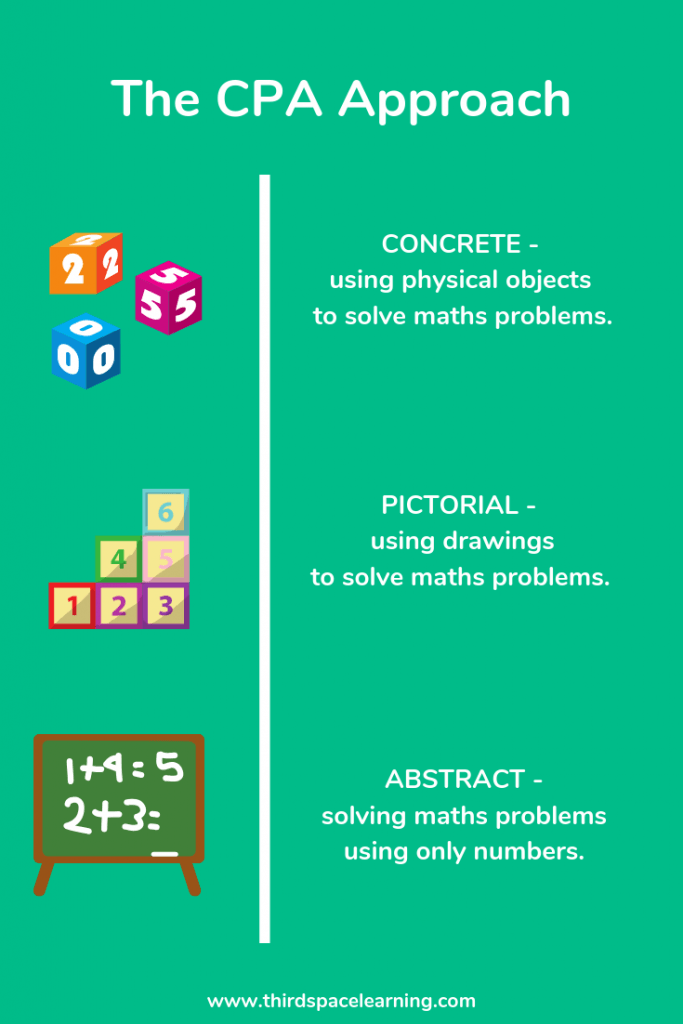
When your child is becoming confident at telling the time you can challenge them with questions such as these...
Where should the minute/hour hand be (at various times)?
How many minutes are they until the next hour?
Remember to use the clocks you have made to help find and prove the answers!
ENGLISH Fairy Tales
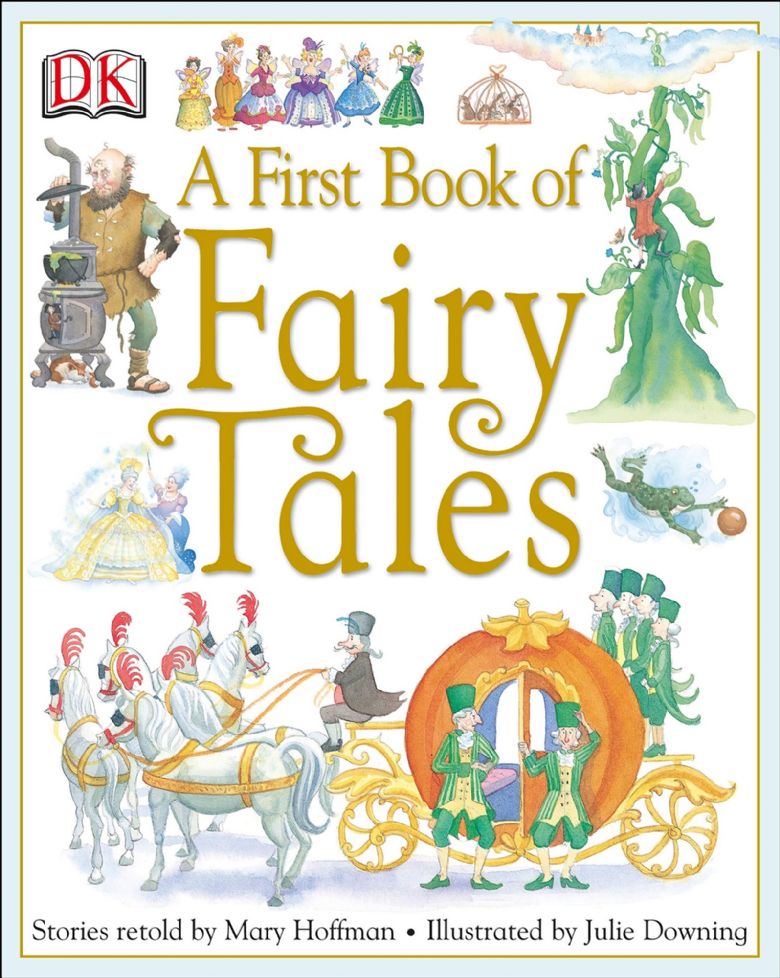
This week we would like you to read your favourite fairy tale. It could be Jack and the Beanstalk, Goldilocks and the Three Bears, Little Red Riding Hood or any of the others. Read any version you like and then you could…
Retell the story verbally
Act it out
Draw a picture about it / make a front cover for the story
Write a book review
Draw pictures to show the beginning, middle and end of the story. Think about key words and phrases to use for example, once upon a time, character names. Year 1 might want to divide a page into 3 parts for the beginning, middle and end. Year 2 could draw a story map with simple pictures and words.
Rewrite the story using your plan / story map. Have you remembered capital letters, full stops and finger spaces? Year 2- have you remembered to use adjectives and conjunctions to make your writing more interesting? Remember to take your time and form your letters clearly and correctly.
Edit your work. Y1 – read through your work and edit. Check for capital letters, full stops and that you have written all the sounds in words. Y2 – read it through and make any changes. If you’ve used the same words a lot can you find some more creative words to use? Have you used interesting adjectives and similes e.g. hair as golden as the sun?
We have also attached some fairy tale colouring, a fairy tale guessing game and a copy of Jack and the Beanstalk!
TOPIC Planting seeds & plant diary
British people love their gardens and allotments and many people love the challenge of growing their own vegetables.
If you have any seeds at home plant them in a pot or in your garden, take care of them and watch them grow.
Can you record how big they get each week? Draw them and measure them!
If you don’t have any seeds at home try investigating what happens if you try to regrow vegetables from scraps. Here are some ideas:
- try planting celery or lettuce from the base,
- pumpkin or peppers from their seeds,
- onions from the root
- carrots from their tops
- or try out the tomato slice idea below…
How to Grow Tomatoes From Slices
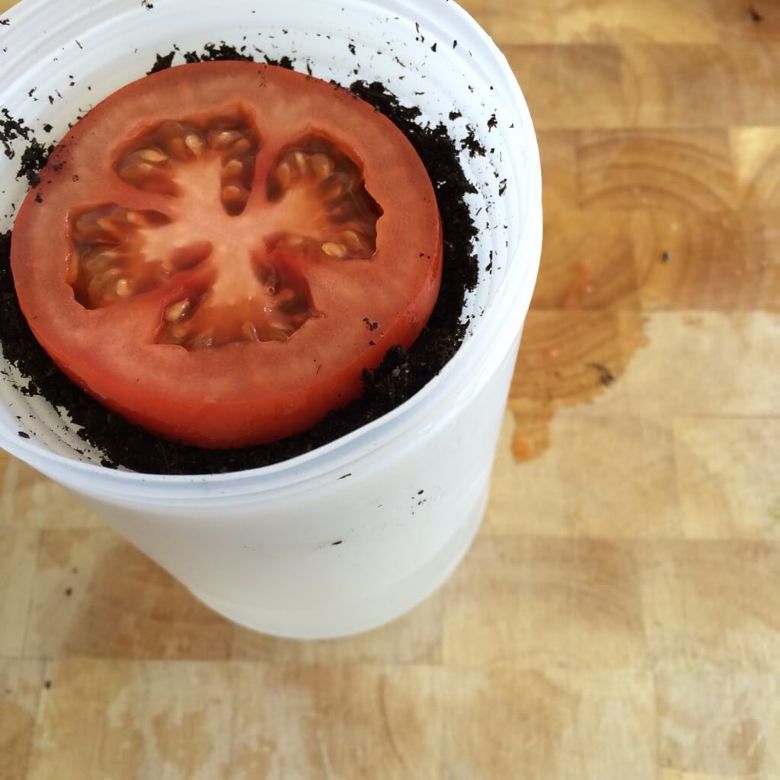
- Choose a large, ripe tomato. Cut a slice about 1cm thick.
- Place your slice of tomato on top of potting mix in a small pot or container.
- Cover the tomato slice with about 2cm of soil and pat down.
- Cover the container with plastic wrap for warmth and moisture.
- Within a week, you should see your tomato start to sprout. Remove the plastic wrap.
- While your seedling is growing, give it water and place in a sunny spot.
- After about 2 weeks, once your tomato seedling has grown, transplant to a bigger pot or in your garden.
- Your tomato plant should grow big and healthy now, so just make sure to give it water and sun to grow your tomatoes!
SCIENCE (FOR Y2)
Log on to Developing Experts. This week is about plants and what they need in order to survive. To complete the mission assignment, you don’t need to print out the sheet but can simple draw the four pictures. Why not fold a piece of paper into 4?
You can sign in to Developing Experts using the following details:
Website: https://developingexperts.com/accounts/pupil/sign-in
(email Mrs Ellis for this at rellis37ru@nsix.org.uk)
P.E.
real PE at home includes an online programme which supports families to be active, play and learn together. It includes a programme specifically for children in Early Years and Key Stage 1 with 12 themes, 6 areas, over 250 activities and challenges and 1000s of hours of fun and activity. This programme is also great for family play and fun.
There are so many benefits to being active, not only to our physical wellbeing but also to our emotional and mental health, especially in such testing times for all of us. We hope that the ideas help support you and your family to stay fit and healthy in the coming months. Here are the details to access real PE at home:
The website address is: home.jasmineactive.com
Parent email: parent@garrickgre-1.com
Password: garrickgre
MUSIC
1,2,3,4 is a simple game that uses the 4 beat conducting pattern to teach the children about rhythm and conducting skills. Watch the video below…
https://www.bbc.co.uk/teach/bring-the-noise/teaching-rhythms/zbwbscw
READ
Please read every day. Your school book, a magazine, story book, non-fiction book, https://www.oxfordowl.co.uk/for-home/find-a-book/library-page



